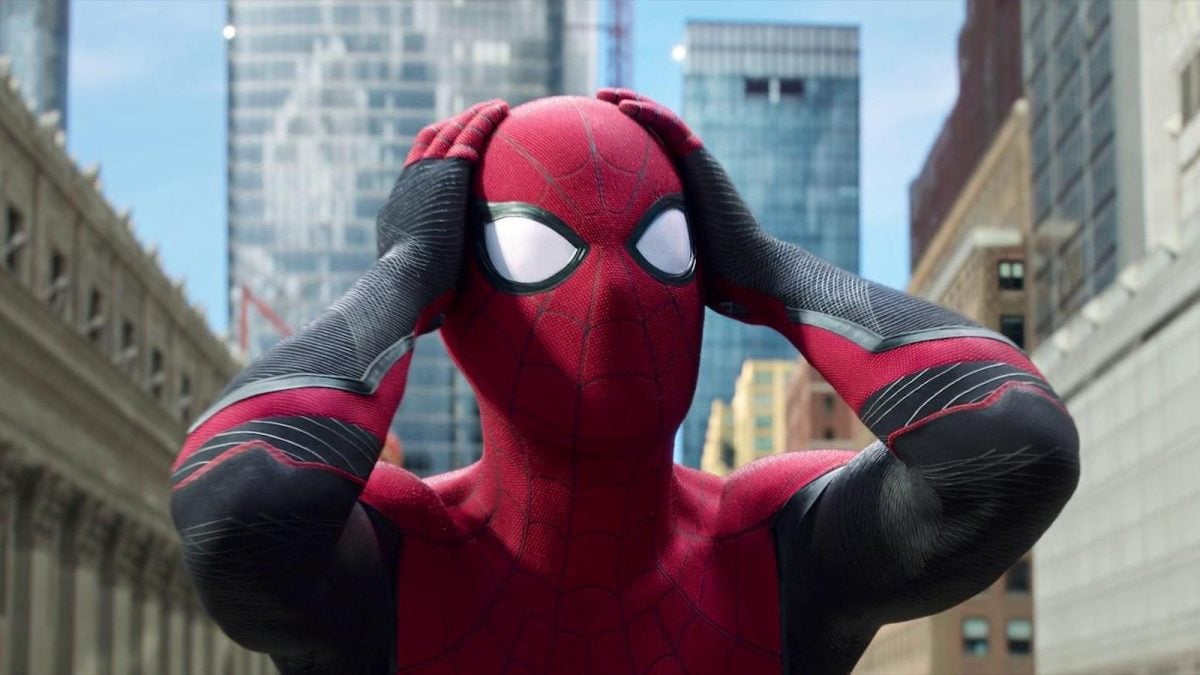With Ant-Man and the Wasp: Quantumania, Guardians of the Galaxy Vol. 3 and Secret Invasion we’re now three projects into the MCU‘s Phase Five. Each of the various plotlines across theatrical releases and Disney Plus is gradually building to 2026 and 2027’s Avengers: The Kang Dynasty and Secret Wars, which will presumably bring the many new characters together to take down Jonathan Majors’ Kang the Conqueror once and for all.
But over the 32 movies and nine Disney Plus shows there remain many loose ends that we want answers to. So, here are ten things we need to know now!
10. How did Old Man Steve Rogers return to the main timeline at the end of Endgame?
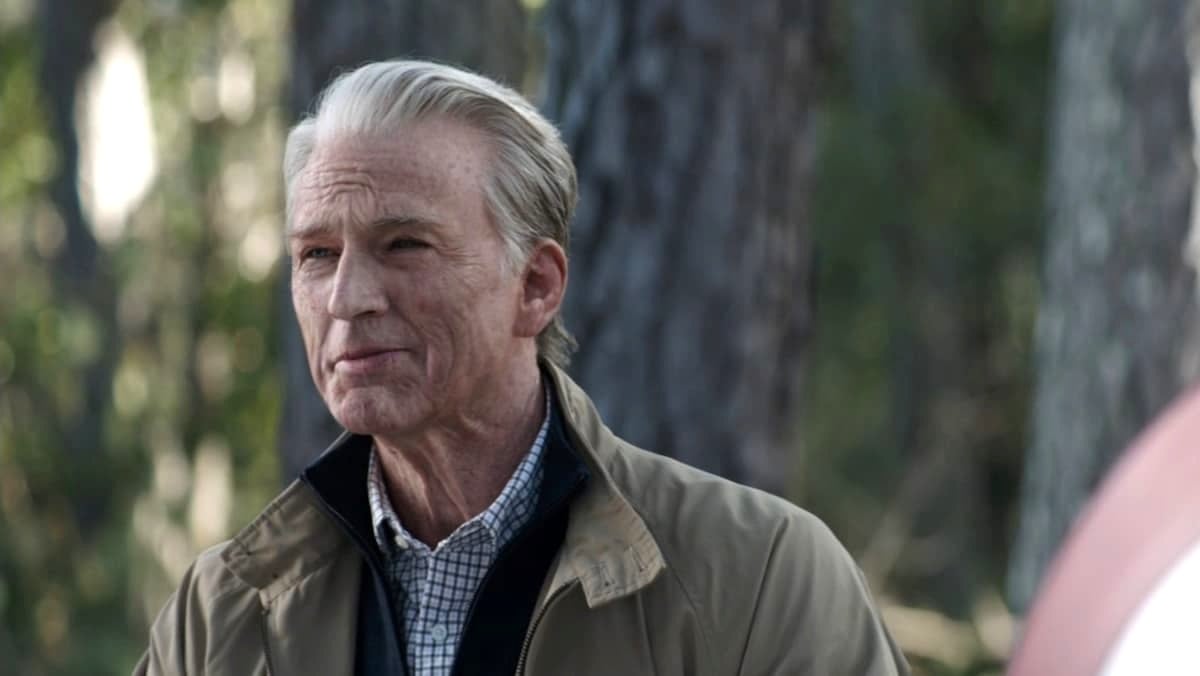
Endgame‘s twisty-turny plot involved time travel and alternate realities, but it hangs together fairly well as it explicitly doesn’t run on Back to the Future time travel rules. Although one element is yet to be satisfactorily explained.
At the movie’s climax Steve Rogers volunteers for the job of returning the stolen Infinity Stones. Having done this he then reappears as an elderly man, with the revelation that he lived a full romantic dream life with Peggy Carter.
But how did he return to the core timeline? Frustratingly there are two “official” answers. The Russo Brothers claim he held onto his quantum suit and some Pym Particles for decades and used them to jump timelines, arriving sometime before Stark’s funeral to meet Bucky and Sam. Endgame writers Christopher Markus and Stephen McFeely have a different take, however; Rogers merely inserted himself into the core MCU timeline and lived a quiet life with Peggy. That would mean Old Man Steve didn’t need to jump realities to be there at the funeral and could just have gotten the bus.
Both takes can’t be true, so we wish Marvel Studios would decide which. Then again, leaving this question open may let them bring back Chris Evans at some point, so it might be best to keep it vague.
9. Where do the Ten Rings come from?
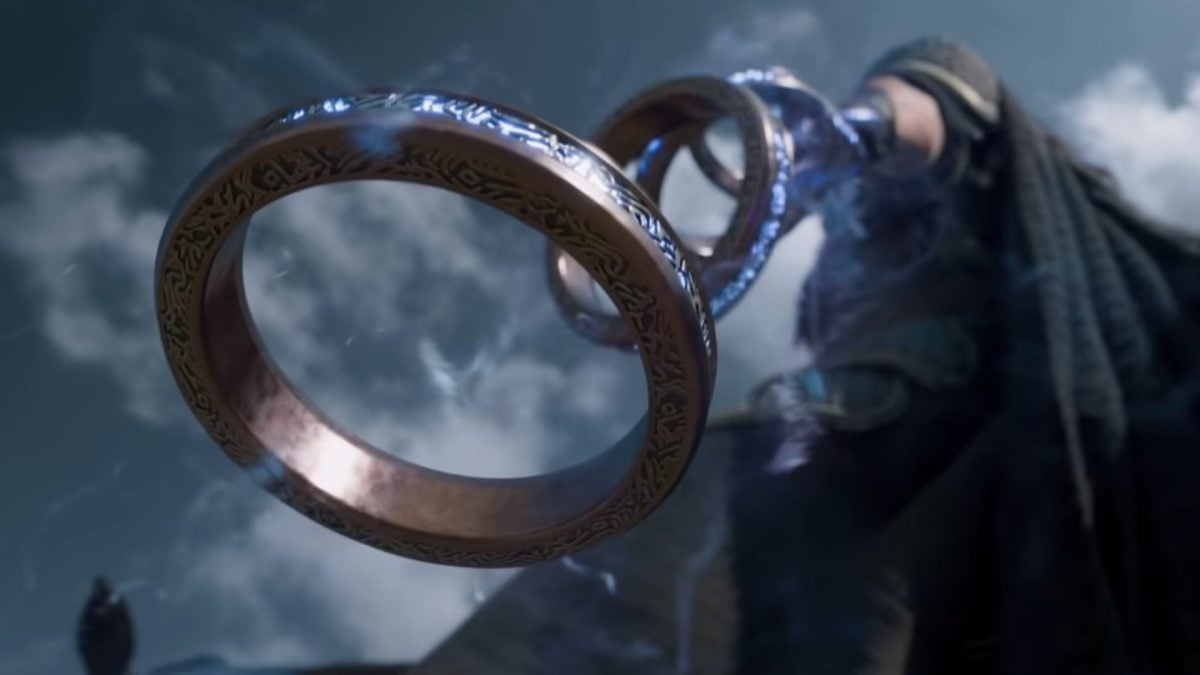
As you’d expect from the title, Shang Chi and the Legend of the Ten Rings focused heavily on the titular pieces of jewelry. They arrived on Earth around the Middle Ages, where they were used by Xu Wenwu to lead an all-conquering army and eventually form the powerful organization known simply as The Ten Rings.
But their origin and how they arrived on Earth is yet to be explained. In the Shang-Chi credits scene we see Captain Marvel, Shang-Chi and Bruce Banner discussing them. Shang-Chi says they’ve been around for “about a thousand years” and Banner replies “Their thermoluminescence indicates they’re older than that. By a lot.”
In Marvel Comics, the rings are Makluan (a dragon-like alien species) and contain the soul of a powerful warrior, so perhaps the MCU will one day go down this route. Until then, we can only theorize.
8. What happened to 616 Mordo?
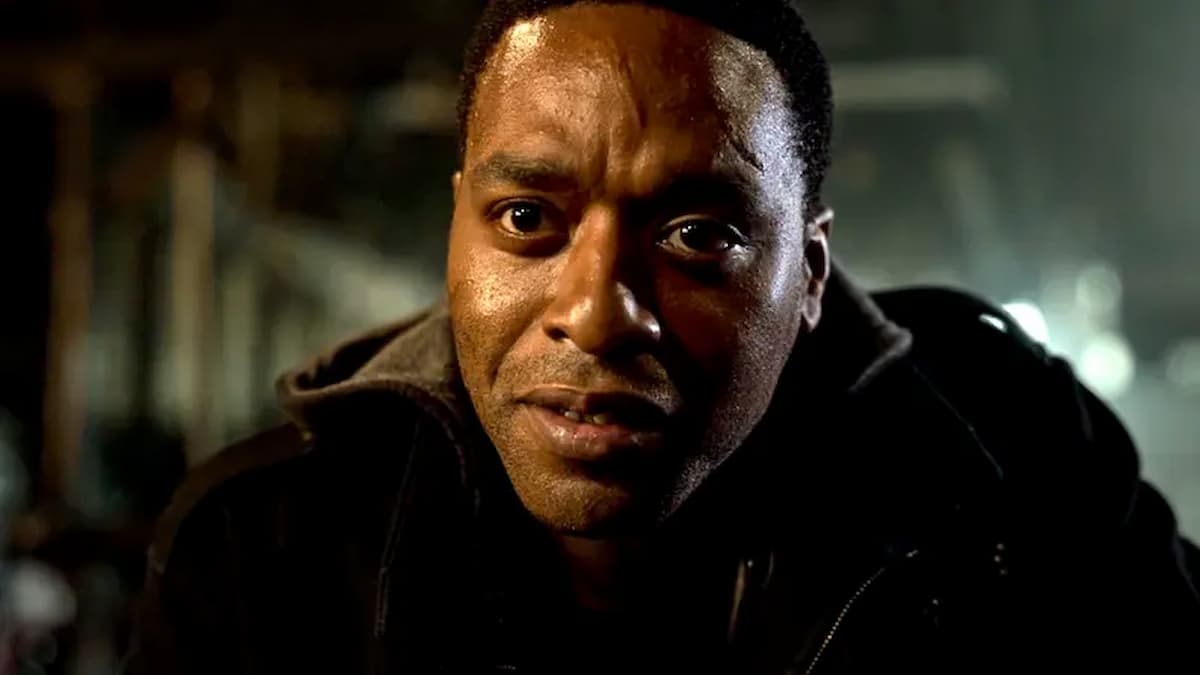
Chiwetel Ejiofor’s Mordo was one of the most fun things in Doctor Strange. Though he’s absolutely an antagonist he’s not technically a villain, only turning against Strange and the Ancient One’s disciples after realizing they were tapping into the Dark Dimension and violating what he considers “natural laws.” His conclusion that sorcerers inevitably abuse their power and must be stopped is difficult to argue with, especially in the light of Strange casually screwing with reality in Spider-Man: No Way Home.
But where the heck is he? In Multiverse of Madness Strange tells America Chavez that Mordo “snapped and dedicated his life to trying to kill me,” but these events have all taken place offscreen. Sam Raimi has confirmed that a battle-hardened older Mordo was once set to appear in the opening minutes of Multiverse of Madness, with his crusade against sorcerers seeing him do battle with Scarlet Witch. This bout would have seen Mordo decapitated, so perhaps it’s best for him that it ended up on the cutting room floor.
Either way, his current MCU whereabouts remain a mystery. Here’s hoping he returns and we get to see some of his crusade against disciples of the mystic arts.
7. Did Red Skull escape Vormir?
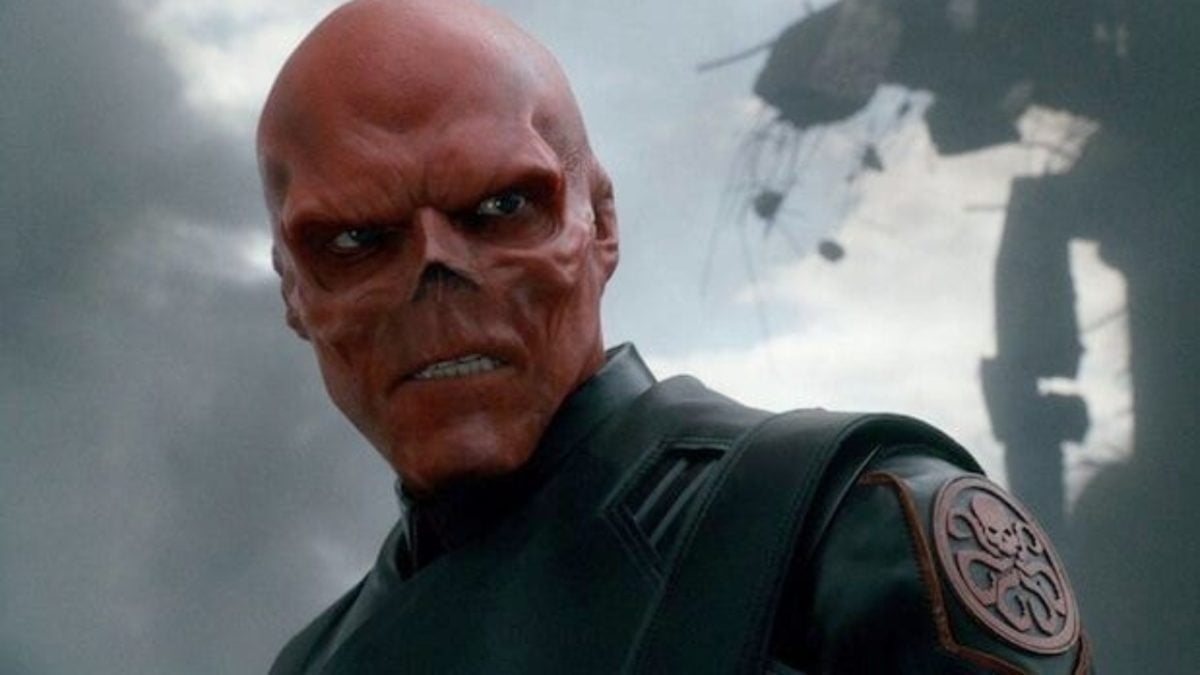
For years Red Skull’s fate in Captain America: The First Avenger was an MCU mystery of its own. Upon grabbing the Tesseract he was zapped through a wormhole into parts unknown, and it was only in Avengers: Infinity War we learned he’d been teleported to Vormir to act as the guardian for the Soul Stone. This was essentially a punishment, trapping him for 70 years on the desolate planet and giving him plenty of time to think about his actions.
But, with Thanos seizing the Soul Stone (and said stone eventually being destroyed completely) the Red Skull’s sentence is up. The official Avengers account confirmed that after Infinity War Red Skull is “free to leave Vormir,” though being allowed to leave and being able to leave are two very different things. By design Vormir was an isolated world with few visitors, so Red Skull may be waiting quite some time if he’s looking for a ride out of there.
His current whereabouts are unknown. Without the power of the stones he may have simply starved to death on Vormir or perhaps he’s somewhere out there in the galaxy plotting his return to Earth. Until we next see him, nobody knows.
6. Who bought Avengers Tower?
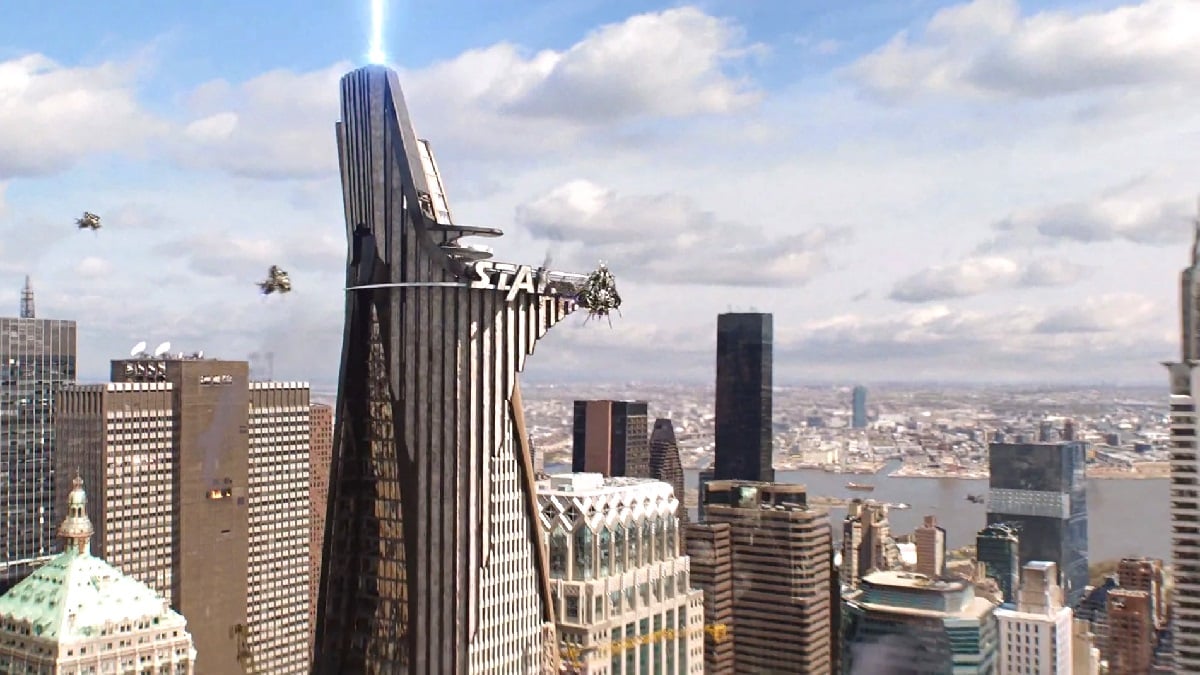
Formerly the Stark Tower, Avengers Tower is one of the most iconic buildings in the MCU and occupies prime Manhattan real estate. Stark used it as the Avengers headquarters after S.H.I.E.L.D. was dissolved, though after the events of Age of Ultron the team located to the upstate Avengers Compound and Stark Industries resumed control of the building, though he would sell it in 2016.
In Hawkeye Clint Barton and Kate Bishop discuss the building, with Clint saying “Tony sold that. A few years ago.” We got also a glimpse of it in its current state in Spider-Man: Far From Home, with Spidey swinging through the redesigned building that now features a large outdoor garden area in the middle.
This may be the most famous building in the entire MCU, but we have no idea who currently owns it or what they’re doing with it. The only piece of evidence we have is that the new owners seem to be respecting its legacy. In Spider-Man: Homecoming the Avengers logo is still in place and it’s still called “Avengers Tower.” The answer could be very dull, though we’re curious as to who moved in.
5. What’s going to happen with Tiamut?
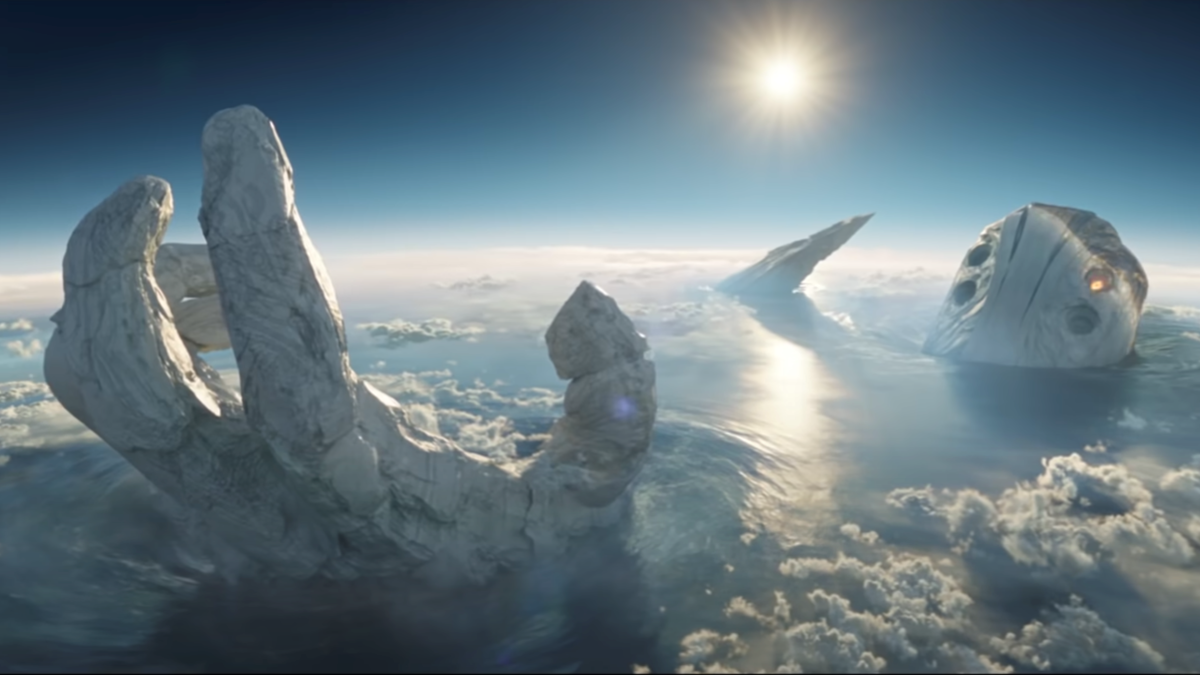
Marvel Studios seems eager to forget Eternals. Perhaps because of the poor reviews and low box office there are no plans for a sequel and, as far as we know, none of the characters are set to return in future projects. But this leaves a huge problem sitting in the middle of the Indian Ocean.
The Eternals finale saw the Celestial Tiamut being born from the center of the Earth and, if the process had been completed, the planet would have been destroyed. Thankfully that didn’t happen, though the world has been left with a colossal petrified monster sticking out of it. The only real nod to this has been in She-Hulk: Attorney at Law, which showed a news headline reading “Why There Is A Giant Statue Of A Man Sticking Out Of The Ocean.”
The MCU Earth is an eventful place, so perhaps everyone simply has bigger fish to fry than worrying about this, though we have to imagine Tiamut’s body will be resolved at some point, and maybe the simplest solution would be to say the material simply dissolves over time. Alternatively, we’ve seen a Celestial body repurposed in Guardians of the Galaxy‘s Knowhere, so maybe someone will hollow out Tiamut’s head and make a home?
4. The Spider-Man: Homecoming timeline makes no sense
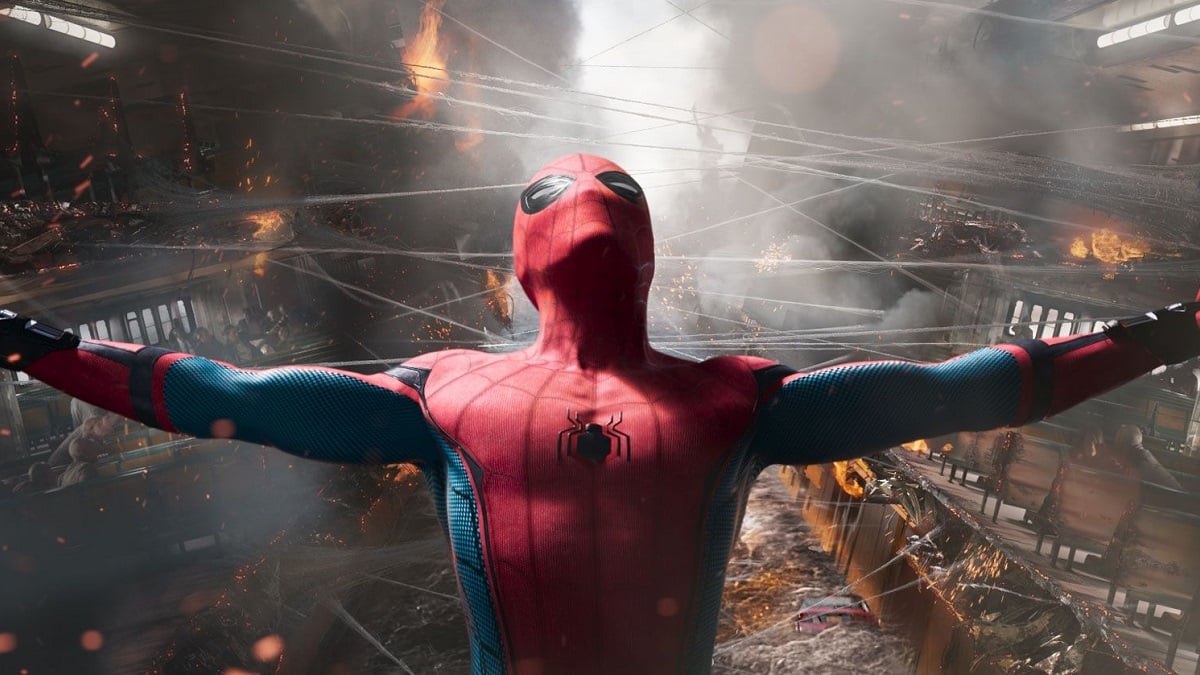
Spider-Man: Homecoming opens in 2012 with the immediate aftermath of The Avengers‘ Battle of New York, with Adrian Toomes being booted off the job by Damage Control. We then get a title card reading “Eight Years Later,” which logically means the rest of Homecoming takes place in 2020.
But this just doesn’t make sense. Civil War, which debuted the MCU Spider-Man, took place in 2016. Homecoming clearly follows on from Stark recruiting Peter for the Civil War‘s airport battle, so how can we reconcile this chronological mismatch? In addition, we see Liz Toomes’ childish drawing of the Battle of New York, though she would have had to have been 12 when she made it.
The simplest answer here is that this is just a huge mistake, and the “Eight Years Later” title card should have read “Four Years Later.” We doubt this will ever be officially resolved, though we’re surprised that streaming versions of Homecoming haven’t been updated.
3. Do the X-Men already exist in the MCU?

Ever since Disney bought Fox fans have been eager to see the X-Men arrive in the MCU. Sadly that their debut still seems like a long way away, though Black Panther: Wakanda Forever‘s Namor and Ms Marvel‘s Kamala Khan have both been confirmed to be mutants.
So, where are the X-Men? Getting hundreds of new superpowered characters into the MCU is a narrative headscratcher, but there’s some evidence they’re already here — just keeping a low profile. In She-Hulk: Attorney at Law we see a news article reporting “Man fights with metal claws in bar brawl,” which has got to be a big nod to Wolverine.
Hugh Jackman’s Wolverine is set to make the multiversal leap to the MCU in Deadpool 3, though we doubt this news article refers to him. This means that potentially the rest of the X-Men are out there too, although we may have to wait until the late 2020s to find out what they’re up to.
2. Are Agents of S.H.I.E.L.D. and the Netflix shows canon?
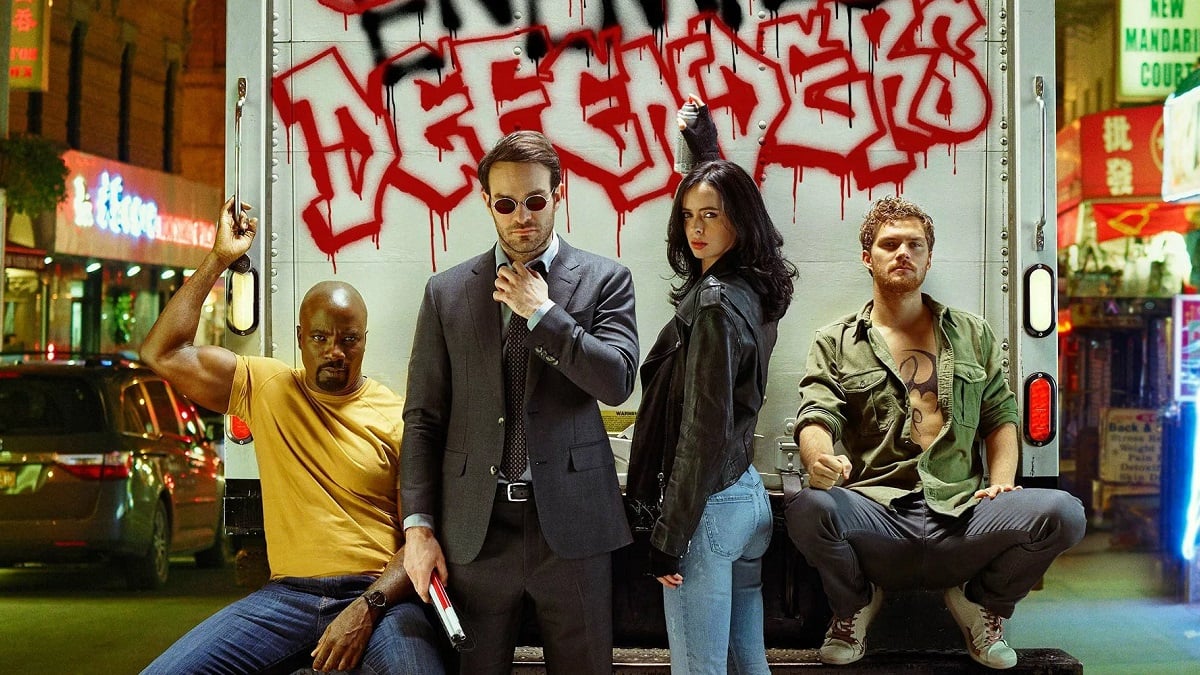
Agents of S.H.I.E.L.D. was originally billed as a crucial part of the MCU story, filling in events behind the scenes that would add new context to the movies. Very soon this proved to not be the case, and by its later seasons it appeared to diverge quite significantly from the rest of the MCU.
But even though it doesn’t seem to be canon there’s been no explicit confirmation and Nick Fury’s official MCU bio on Marvel.com makes reference to the events of Agents of S.H.I.EL.D. Right now we don’t know, but given Kevin Feige’s notorious dislike of the show, we doubt it’s going to be referenced much going forwards.
The Netflix series are in a similar boat. For example, over on Marvel.com Kingpin’s bio includes both the events of Daredevil and Hawkeye. It seems clear that Marvel Studios are taking a selective approach to the Netflix shows, plucking what worked best from them and discarding what didn’t. It’s also notable that Daredevil: Born Again is being positioned as a soft reboot rather than season four.
It’s probably easier for Marvel Studios to keep all the Marvel TV stuff in a canon grey area, though it’d be nice to get official word one way or the other.
1. How exactly does the No Way Home memory spell work?
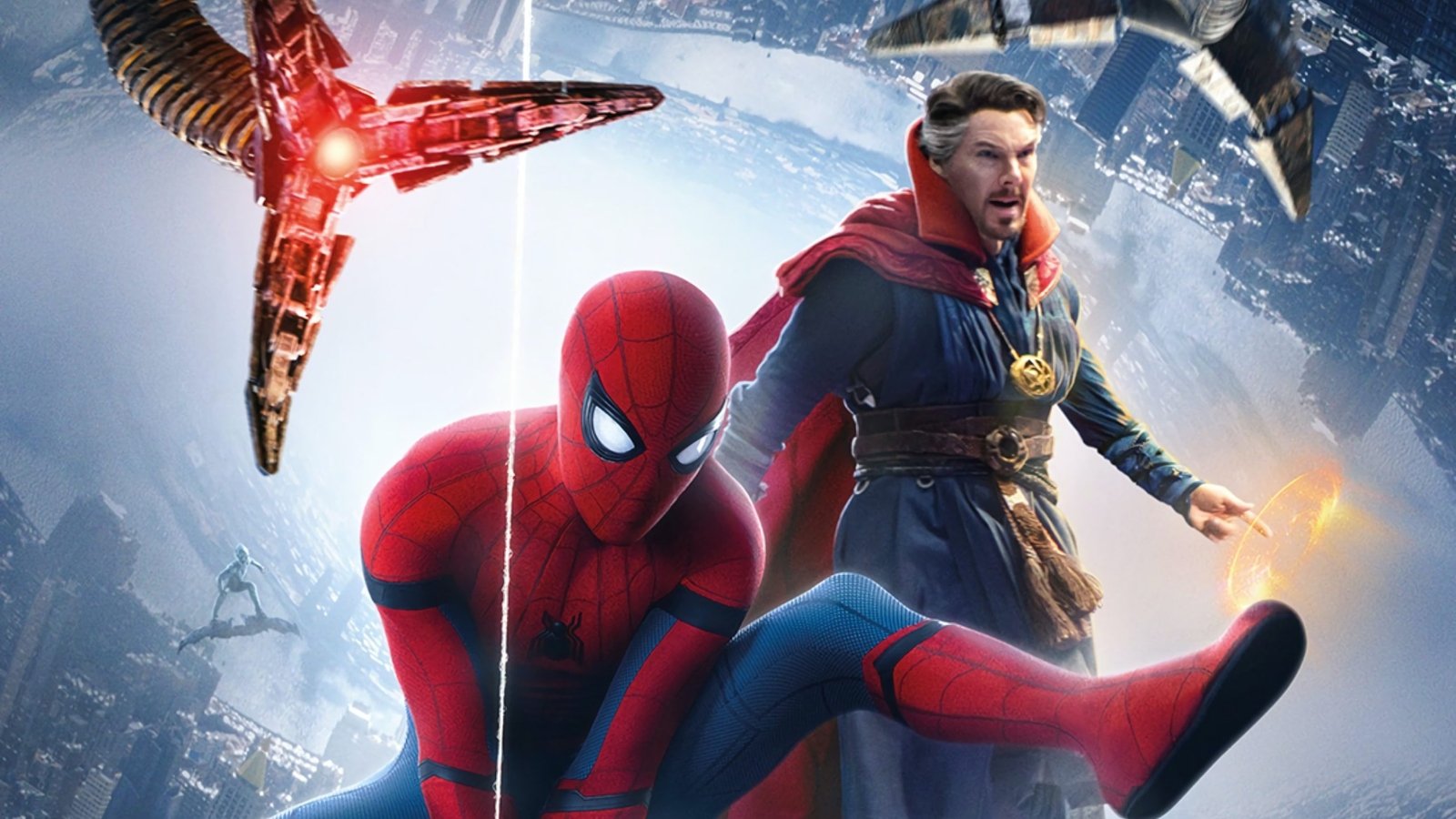
Maybe it’s a little too much to get into the nitty-gritty of how a spell that a wizard cast actually works, but it’s clear that the finale of No Way Home lays the ground for future MCU Spider-Man stories, so we want specifics.
As written, the spell maintains the public’s memories of Spider-Man but completely erases Peter Parker. Exactly how this works in practice is still somewhat unclear. As of No Way Home Parker’s identity has been exposed, so for the vast majority of people Strange’s spell will simply revert their perception of Spidey to a pre-Far From Home state.
How it affects those who already knew him, however, is another question entirely. Do MJ and Ned remember helping out Spider-Man but have no idea who he is? If that is the case, how does the plot of Far From Home work? Happy Hogan only met May by knowing Peter Parker was Spider-Man, so how does he remember her now?
Writers Erik Sommers and Chris McKenna play it very light on specifics, saying that audiences should “focus on the emotions of it” rather than the exact mechanics and say they may explain it “in another movie somewhere down the line”. Well, we’re waiting.

